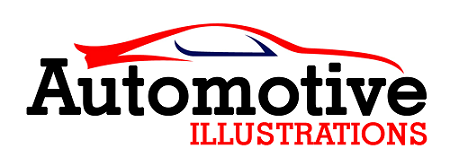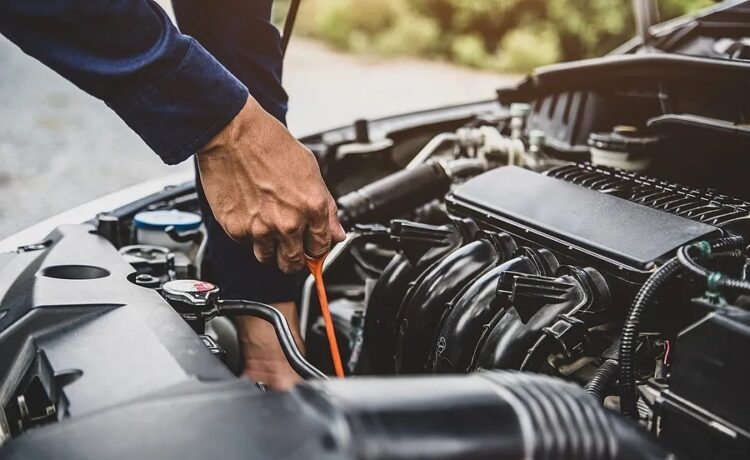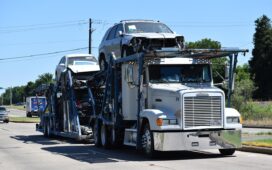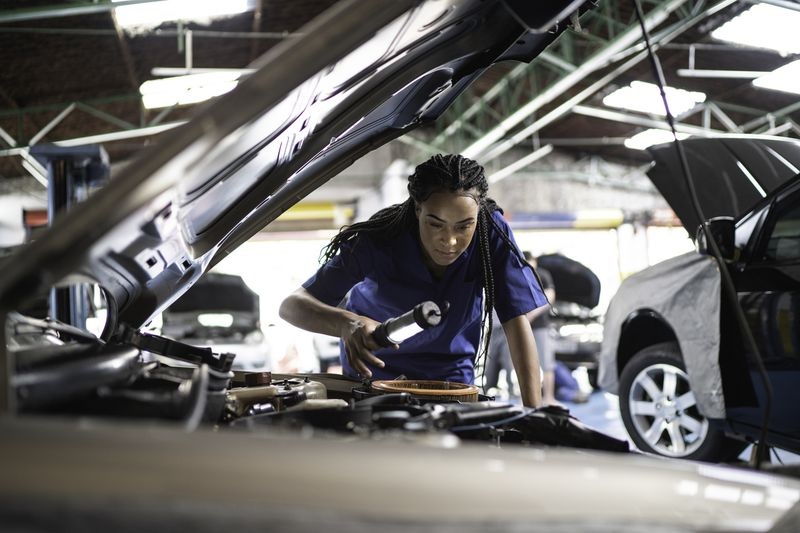A comfortable and safe ride depends critically on the sophisticated network of springs, shocks, and struts that makes up your car’s suspension system. Essential parts that reduce spring movement and stop too much bouncing are shocks and struts, therefore preserving tire contact with the road. These components eventually wear out, which clearly reduces ride quality and handling.
Spotting the Bouncing Actions
One of the most blatant signs of worn shocks and struts is too much bouncing. Your car is seriously problematic if it bounces multiple times following a bump or road imperfection. This “floating” feeling suggests a reduced shock or struts’ damping capacity. Other obvious indicators are nose-diving during braking, in which the front of the car dips too low, or squatting during acceleration, in which case the rear end sags down. These actions show how ineffective the suspension is in preserving appropriate vehicle balance and control. Scheduling a suspension Repair in Baltimore, MD can help restore stability and improve your car’s handling.
Visual Clues: Searching for Damage and Leaks
Apart from changes in ride quality, a visual check may usually expose the state of your shocks and struts. Look for evidence of oil leaks on the shock or strut body. A noticeable oily residue suggests that hydraulic fluid is leaking from the failing seals, therefore reducing the component’s effectiveness. Also, closely check the strut mounts for rust, cracks, or indications of wear-through. Inappropriate support and stabilization of the vehicle can be compromised by damaged mounts. Don’t overlook looking for unequal wear patterns in the tires. Direct results of worn shocks and struts letting the tires bounce and lose touch with the road can be cupping or scalloping, in which case the tread wears down in a wave-like pattern.
Worn Component Effects on Safety
The safety of your car can be greatly impacted by old shocks and struts, which go beyond simple comfort. One of the main concerns is decreased braking efficacy. Stopping distances will grow if the vehicle is nose-diving during braking, which could result in collisions. Serious concerns could include poor handling and decreased stability. In severe driving conditions, such rain or snow, or during emergency manoeuvres, worn suspension parts can make it difficult to maintain control. Additionally, worn shocks and struts can hasten the deterioration of other suspension parts, such as tie rod ends and ball joints, necessitating future, more expensive repairs.
Conclusion
Should you see any of the above listed danger indicators, you should have your car checked by a licenced mechanic. A professional inspection will correctly identify the state of your shocks and struts and provide direction on the best course of action. Often the advised fix for worn shocks and struts is replacement since repair is not usually possible. A key investment in your safety, riding comfort, and vehicle lifetime is replacing shocks and struts.














